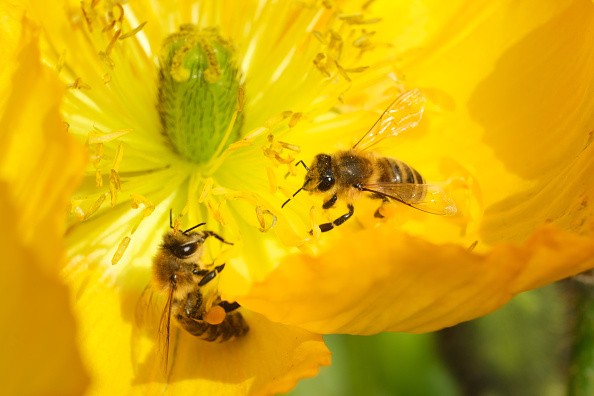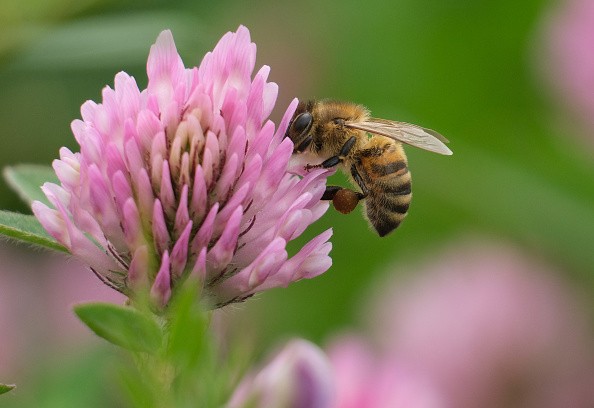A pathogen that is increasingly virulent is turning hygienic cannibalism on its head. New study discovered a virus that leaves bees with stubby, irrelevant wings, puffed-up abdomens, and slow brains before taking their lives takes advantage of one of the nastier habits of the pollinator - a tendency to cannibalize their juvenile.

The Deformed Wing Virus (DWV)
Study researchers discovered the deformed wing virus (DWV) lies hidden inside the bellies of mites that prey on the bees' juvenile; then, the worker insects become infected when they gobble up the young bees. This discovery may give an explanation on why DWV has turned into a much more catastrophic virus, often causing colony collapse, now compared with in the past.
Research released on the 26th of April in the journal Scientific Reports has discovered that the rising virulence of DWV is due, in part, to the cannibalism behaviors of the honeybee. When a larval honeybee (Apis mellifera) is ill, there is a possibility of a worker sniffing out the infection, opening the cap on the ill larva's brood cell, and feed on it.
Entomologists refer to this behavior as hygienic cannibalism. An entomologist with the U.S. Department of Agriculture's Bee Research Laboratory, Jay Evans said: "It's an advantageous behavior, and several beekeepers actively breed for it. It's mostly useful for combating bacterial and fungal infections, Evans said, because workers kill the infection before it makes spores that can pass the infection to the rest of the colony.
Honeybee Colonies
Honeybee colonies also make use of this strategy against parasites like Varroa destructor, a mite that attaches to the body of the bee and consumes its fat. Varroa infections can make an entire bee colony cripple, but behaviors like hygienic cannibalism largely keep the mites under control. But it turns out, DWV makes use of the bees' own defenses against them.
Varroa mites are just the Trojan horses that let the virus gain access to the entire colony."This virus has been present for a long period of time, but in recent years it has become a problem as it has made this contact with the mites," Evans said. Varroa mites, while a menace on their own since the 1980s have become more dangerous as DWV has developed to make use of them as a vector.

Mode of Transmission of the Virus
To gain more knowledge about the mode of transmission of the virus, Evans and his team deliberately infected honey bee pupae in a laboratory colony with Varroa mites. These mites were possessing a specific strain of DWV that has a recognizable genetic barcode. After the pupae infection, workers would come along, uncap the already infected pupae, and feed on most of the pupae.
The researchers then carried out a test on the workers for the existence of the experimental strain of DWV and discovered that while cannibalism easily controlled the mites, the workers were frequently infected with DWV. Their second experiment was about how the virus spreads among the workers.
Related Article : Honeybees Accumulate Airborne Microplastics on Their Bodies: How Does it Affect Them?
For more news, updates about honeybees and similar topics don't forget to follow Nature World News!
© 2025 NatureWorldNews.com All rights reserved. Do not reproduce without permission.





